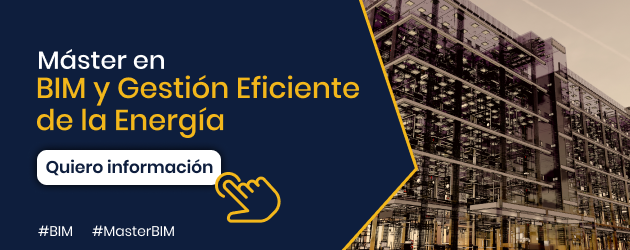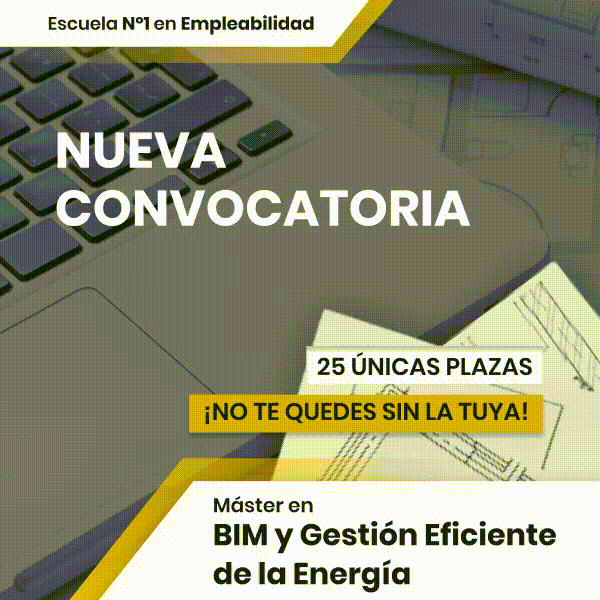Cavitation is understood as the formation of vapor or gas bubbles within a liquid caused by pressure variations experienced by the fluid. When these bubbles collapse on metal surfaces, they cause cavities or pits.
There are two procedures by which a liquid at a certain pressure and temperature cavitates:
- Increasing its temperature to the boiling point.
- Decreasing its pressure to vapor pressure.
Negative pressures are created inside a pump in such a way that if this vacuum exceeds the vapor pressure, cavitation occurs with the corresponding formation of bubbles and deterioration of the pump components. In the image you can see the effects of cavitation in the impeller of a pump.


































